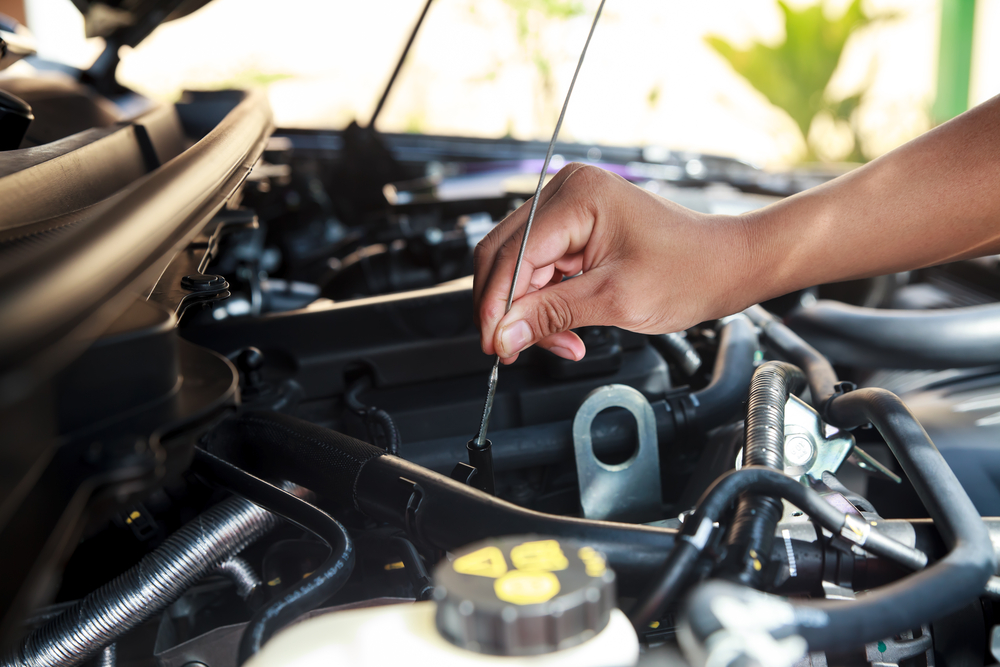All Categories
Featured
Tire rotations might not constantly be leading of mind for lorry maintenance, yet they play a critical function in ensuring your vehicle's long life, efficiency, and safety. By regularly revolving your tires, you can avoid irregular wear, maximize your tires' life-span, and boost your driving experience.
What Is Tire Rotation?
Tire turning is the procedure of relocating tires to different positions on your automobile to guarantee also use. Depending upon your vehicle's drivetrain-- front-wheel drive (FWD), rear-wheel drive (RWD), or four-wheel drive (AWD)-- the front and rear tires experience different levels of stress. Routinely revolving your tires helps distribute this wear evenly.
Benefits of Regular Tire Turnings
Also Tire Put On
Tires on different axles experience different degrees of stress. Front tires on a FWD automobile handle acceleration, braking, and guiding, triggering them to put on a lot more rapidly.
Revolving the tires guarantees also use, enabling all four tires to maintain comparable walk deepness.
Improved Handling and Safety
![]()
Unequal walk depth can bring about discrepancies, minimized traction, and endangered handling, particularly on wet or unsafe roadways.
Turned tires ensure constant performance and a much safer driving experience.
Extended Tire Life-span
Also use means your tires last longer, conserving you cash on premature replacements.
Much Better Gas Performance
![]()
Unevenly used tires can increase moving resistance, needing more energy from the engine and lowering gas economic situation.
Balanced tires lower pressure on the car and enhance performance.
Cost Cost Savings
By expanding the life of your tires and preventing early substitutes, routine rotations can conserve you considerable costs over time.
Advised Rotation Intervals
Most suppliers advise revolving your tires every 5,000 to 7,500 miles. A good general rule is to have your tires revolved throughout routine maintenance brows through, such as oil modifications. Always describe your car's owner guidebook for particular standards.
Usual Tire Turning Patterns
The turning pattern depends on your lorry's drivetrain and tire type:
Front-Wheel Drive: Swap front tires with the back ones, crossing them diagonally.
Rear-Wheel Drive: Move rear tires to the front axle and cross them.
Four-wheel Drive: Use an "X" pattern for balanced wear.
Directional Tires: Make sure the tires stay on the exact same side to maintain their made performance.
Indicators You Required a Tire Turning
Irregular wear patterns on the tires.
Lorry resonances, especially at greater speeds.
Reduced fuel effectiveness.
Problem preserving control in negative conditions.
Final Thoughts
Regular tire turnings are crucial for preserving your lorry's security and performance. By spending time in this simple procedure, you'll appreciate a smoother adventure, enhanced handling, and substantial expense financial savings in the long run. Schedule your next tire turning with a relied on company and make it a routine component of your maintenance regimen.
What Is Tire Rotation?
Tire turning is the procedure of relocating tires to different positions on your automobile to guarantee also use. Depending upon your vehicle's drivetrain-- front-wheel drive (FWD), rear-wheel drive (RWD), or four-wheel drive (AWD)-- the front and rear tires experience different levels of stress. Routinely revolving your tires helps distribute this wear evenly.
Benefits of Regular Tire Turnings
Also Tire Put On
Tires on different axles experience different degrees of stress. Front tires on a FWD automobile handle acceleration, braking, and guiding, triggering them to put on a lot more rapidly.
Revolving the tires guarantees also use, enabling all four tires to maintain comparable walk deepness.
Improved Handling and Safety

Unequal walk depth can bring about discrepancies, minimized traction, and endangered handling, particularly on wet or unsafe roadways.
Turned tires ensure constant performance and a much safer driving experience.
Extended Tire Life-span
Also use means your tires last longer, conserving you cash on premature replacements.
Much Better Gas Performance

Unevenly used tires can increase moving resistance, needing more energy from the engine and lowering gas economic situation.
Balanced tires lower pressure on the car and enhance performance.
Cost Cost Savings
By expanding the life of your tires and preventing early substitutes, routine rotations can conserve you considerable costs over time.
Advised Rotation Intervals
Most suppliers advise revolving your tires every 5,000 to 7,500 miles. A good general rule is to have your tires revolved throughout routine maintenance brows through, such as oil modifications. Always describe your car's owner guidebook for particular standards.
Usual Tire Turning Patterns
The turning pattern depends on your lorry's drivetrain and tire type:
Front-Wheel Drive: Swap front tires with the back ones, crossing them diagonally.
Rear-Wheel Drive: Move rear tires to the front axle and cross them.
Four-wheel Drive: Use an "X" pattern for balanced wear.
Directional Tires: Make sure the tires stay on the exact same side to maintain their made performance.
Indicators You Required a Tire Turning
Irregular wear patterns on the tires.
Lorry resonances, especially at greater speeds.
Reduced fuel effectiveness.
Problem preserving control in negative conditions.
Final Thoughts
Regular tire turnings are crucial for preserving your lorry's security and performance. By spending time in this simple procedure, you'll appreciate a smoother adventure, enhanced handling, and substantial expense financial savings in the long run. Schedule your next tire turning with a relied on company and make it a routine component of your maintenance regimen.
Latest Posts
Discover Limited-Time Auto Repair Offers in Chicago at Montclare Auto Repair
Published May 26, 25
1 min read
Check Out Outstanding Auto Repair Care in Chicago – Expert Care for Your Vehicle
Published May 26, 25
1 min read
Recognizing Roofing Guarantees: What Homeowners Ought To Know
Published May 25, 25
1 min read
More
Latest Posts
Discover Limited-Time Auto Repair Offers in Chicago at Montclare Auto Repair
Published May 26, 25
1 min read
Check Out Outstanding Auto Repair Care in Chicago – Expert Care for Your Vehicle
Published May 26, 25
1 min read
Recognizing Roofing Guarantees: What Homeowners Ought To Know
Published May 25, 25
1 min read